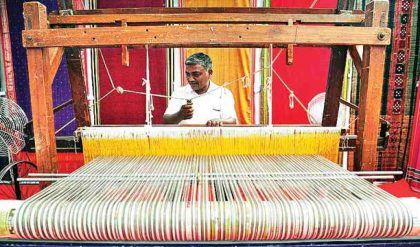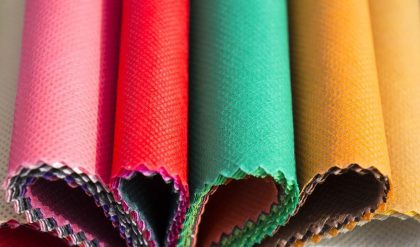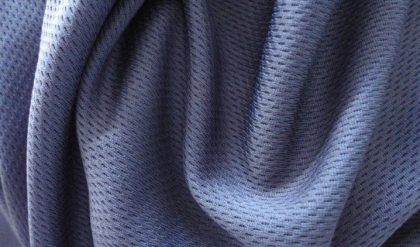Weaving and knitting are the two most common process of making cloth. Weaving is the process of interlacing two sets of yarn at right angles. This operation is done either on a hand or a power loom. If one set of yarns form loops one loop caught into another and one row of loops hanging on the one below. The cloth is made by knitting.Of these two processes, Weaving is the most common method although new and improved knitting machines make cloth quickly satisfactory and the attractive patterns.
Wales (in knitting’s): A series of loops in successive rows lying length the wise of the fabric. Purl: Purl is actually the opposite of knit.

Course: A series of stitches or loops that run cross wise is knitted fabric, corresponds to the fillings in woven goods. Stitch: A single loop or turn of thread or yarn made by hand or machine in sewing crocheting, tatting , lace making, knitting and knotting. Jersey: Describes any knitted fabrics where in all of the stitches on one side of the fabric are knit stitches, while all stitches on the reverse side are either purl stitches or a combination of purl tuck and /or miss stitches also known as single stitches. The knitting industry has two main branches (a) The knitted yarns goods industry : Which produces the fabric sold to apparel manufactures, sewing centre retail shops and others.
Weft knitting:
Knits are classified as a) warp knits b) Weft knits. It is a type of knitting in which yarns run horizontally from side to side across the width of the fabrics. The fabric is actually formed by manipulating the knitting needles to make the loops in horizontal courses built one on top of another. All stitches in a course are made by one yarn. It is simplest form; a weft knit can be made from one yarn. Weft knits are made either flat or open width fabrics (like woven fabrics) on so called flat knitting machines.



